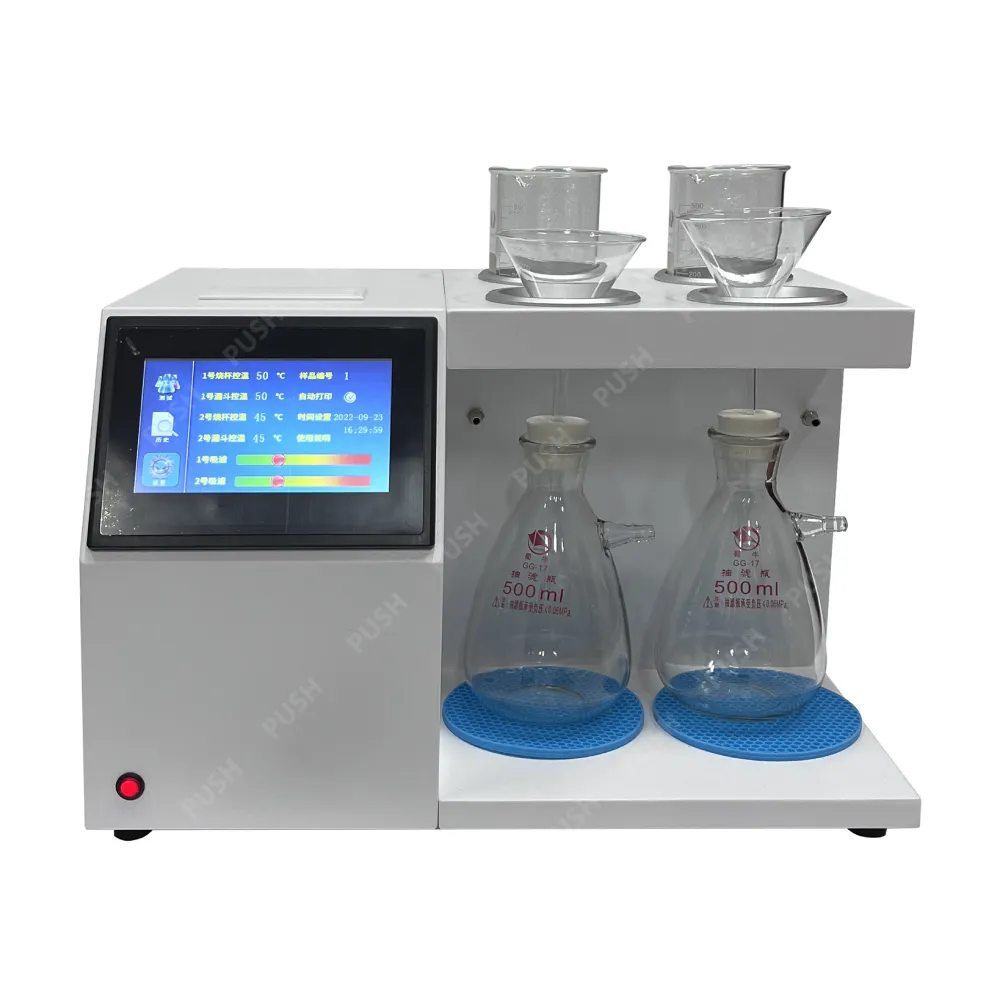 English
English


Ensuring Safety Standards in High-Voltage Testing for Electrical Equipment
Understanding Hipot Safety A Key Component in Electrical Testing
In the realm of electrical engineering and safety testing, the term hipot stands for high potential. This testing method is crucial for ensuring that electrical devices and components can withstand unusually high voltages without breaking down or causing failure. The primary goal of hipot testing is to verify insulation integrity and prevent electrical shocks, short circuits, and other hazardous failures. Given the significant implications for user safety and equipment reliability, understanding the principles and practices of hipot safety is essential in various industries.
The Importance of Hipot Testing
Hipot testing serves to identify insulation weaknesses in electrical devices. By exposing equipment to high voltages, typically higher than the operational voltage, technicians can assess whether the insulation can resist electrical breakdown. This process not only protects end-users from electrical hazards but also confirms that products meet regulatory safety standards.
In many industries, including manufacturing, healthcare, and telecommunications, compliance with safety standards is non-negotiable. Regulatory bodies like the International Electrotechnical Commission (IEC) and Underwriters Laboratories (UL) stipulate specific requirements for insulation and safety testing. Failure to comply can result in severe consequences, including product recalls, legal liabilities, and damage to an organization's reputation.
Safety Protocols for Hipot Testing
Given the high voltages involved in hipot testing, adhering to strict safety protocols is paramount. Each testing scenario may have unique protocols, but several common guidelines enhance safety
1. Proper Training Only trained professionals with a clear understanding of high-voltage procedures should conduct hipot testing. This includes knowledge of the equipment, the potential risks, and effective responses in emergencies.
hipot safety

2. Use of Personal Protective Equipment (PPE) Technicians should always wear appropriate PPE, including insulated gloves, safety glasses, and protective clothing. This equipment reduces the risk of electrical shock and injury.
3. Regular Equipment Maintenance The hipot tester itself must be maintained regularly to ensure accurate readings and reliable function. Any malfunction could lead to inaccurate test results or unsafe conditions.
4. Establishing a Safe Work Environment The testing area should be free of unnecessary personnel and obstructions. A clear line of sight and a safe distance from the equipment under test help minimize risks.
5. Proper Connection and Grounding Ensuring that equipment is correctly grounded is critical. This prevents dangerous voltage buildup and allows for safe operation when the test is being performed. All connections should be secure to avoid disconnections that may lead to erratic results or electrical hazards.
6. Emergency Preparedness Technicians should be trained in emergency procedures, including the use of circuit breakers and emergency stops that can quickly isolate the equipment from power sources in case of a malfunction.
Conclusion
Hipot safety is an integral part of electrical testing that protects not only the equipment being tested but also the safety of the technicians and end users. By adhering to established safety protocols and ensuring comprehensive training for all personnel involved, organizations can mitigate risks associated with high-voltage testing. A strong commitment to hipot safety not only ensures compliance with safety regulations but also fosters a culture of safety that is paramount in the electrical industry. As technology continues to evolve, the principles of hipot safety will remain critical in the quest to improve product reliability and protect lives.
-
Differences between open cup flash point tester and closed cup flash point testerNewsOct.31,2024
-
The Reliable Load Tap ChangerNewsOct.23,2024
-
The Essential Guide to Hipot TestersNewsOct.23,2024
-
The Digital Insulation TesterNewsOct.23,2024
-
The Best Earth Loop Impedance Tester for SaleNewsOct.23,2024
-
Tan Delta Tester--The Essential Tool for Electrical Insulation TestingNewsOct.23,2024





